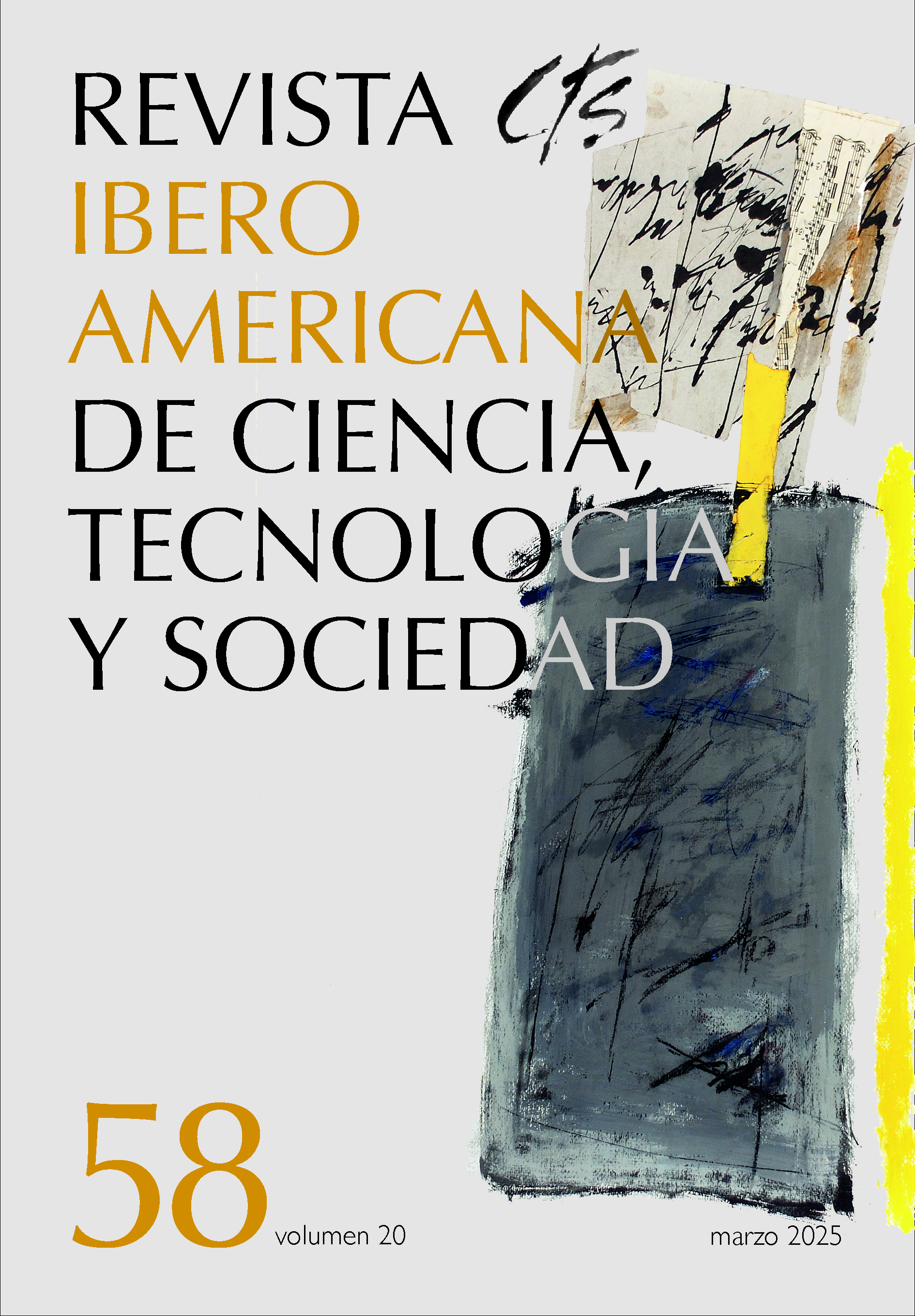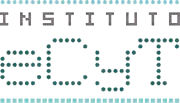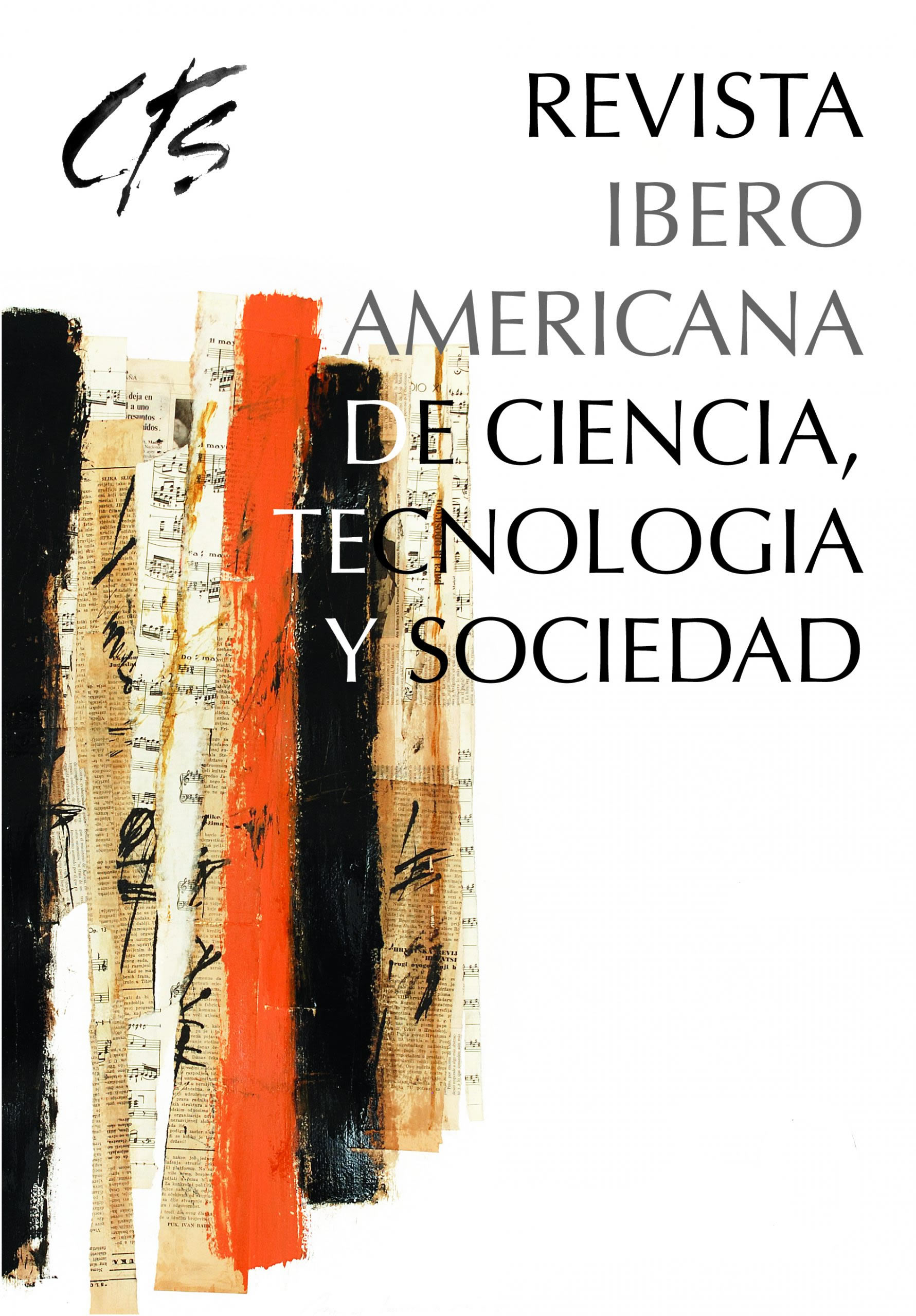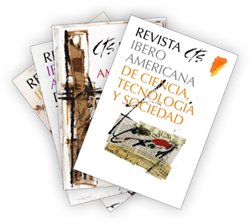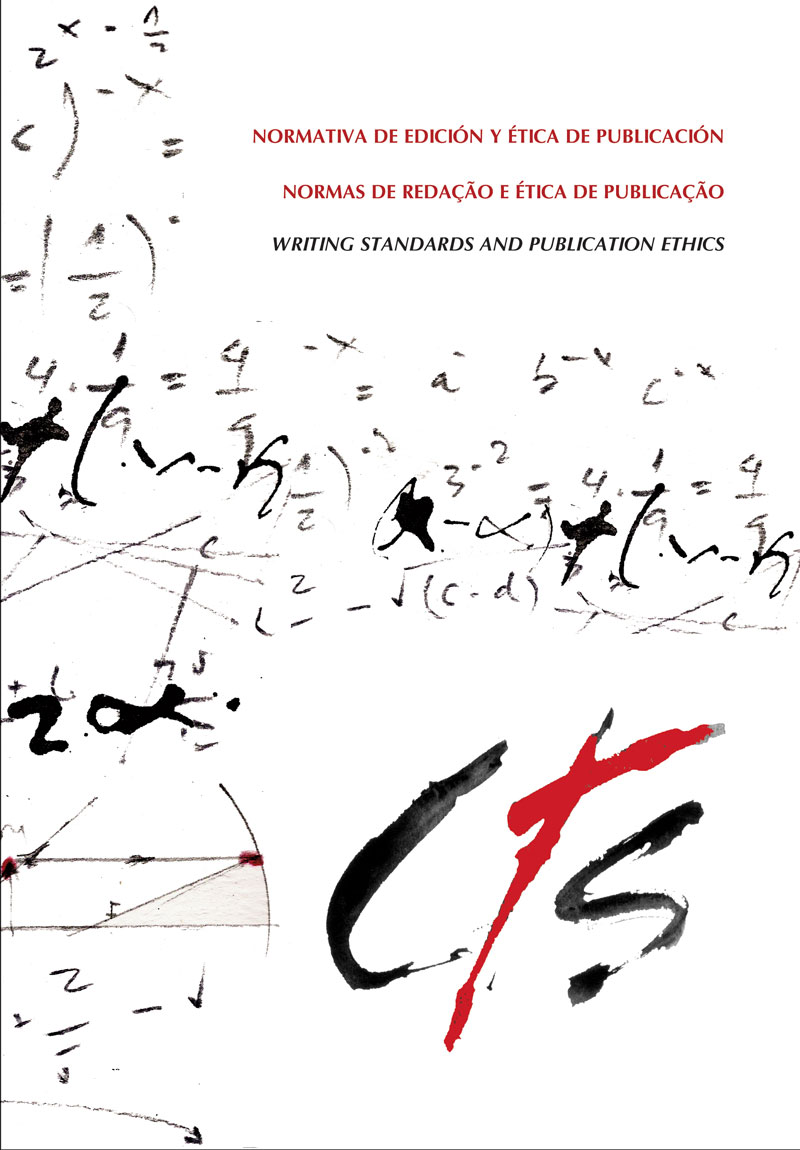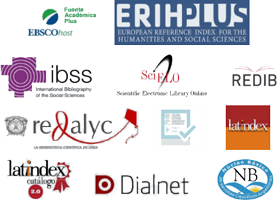The Entrails of Artificial Intelligence and the Engaging Nature of its Use
DOI:
https://doi.org/10.52712/issn.1850-0013-700Keywords:
artificial intelligences, generative intelligences, engaging technologies, hybrid agentsAbstract
This article examines two questions. The first is whether modern generative and general-purpose artificial intelligences can be considered engaging technologies; the answer is ambivalent, as it depends on how they will be embedded in the lives of users. The second question is whether the promise of singularity, which would lead to the impossibility of their being engaging technologies, can be realized or not: the answer is negative for several arguments that are put forward and affect both the generality of their purpose and their artificiality. The conclusion is that we should consider them as tools in a framework of hybrid agency.
Downloads
References
Aibar, E. (2023). El culto a la innovación. Barcelona: NED Ediciones.
Bostrom, N. (2022). Superinteligencia. Caminos, peligros, estrategias. Madrid: Teell Editorial.
Callahan, V., Miller, J., Yampolskiy, R. & Armstrong, S. (2017). The Technological Singularity. Managing the Journey. Dordrecht: Springer.
Coeckelbergh, M. (2022). The Political Philosophy of AI. Londres: Polity.
Dee, C. (2023). Large language models (LLMs) vs generative AI: what’s the difference?. Algolia. Recuperado de: https://www.algolia.com/blog/ai/large-language-models-llms-vs-generative-ai-whats-the-difference/.
Evans, G. (1982). The Varieties of Reference. Oxford: Clarendon Press.
Kurzweil, R. (2005). La Singularity está cerca: Cuando los humanos trascenderán la biología. Barcelona: Editorial Planeta.
Kurzweil, R. (2016). Hacia una era de inteligencia superhumana. The New York Times, 24 de enero.
Lee, D. (2023). The Singularity: Artificial General Intelligence (AGI) and ChatGPT, A Sky Curation.
Mithen, S. (1996). Arqueología de la mente: Orígenes del arte, de la religión y de la ciencia. Barcelona: Crítica.
Morozov, E. (2023). The True Threat of Artificial Intelligence. The New York Times, 30 de junio. Recuperado de: https://www.nytimes.com/2023/06/30/opinion/artificial-intelligence-danger.html.
Parselis, M. (2016). Tecnologías entrañables como marco para la evaluación tecnológica [Tesis doctoral]. Salamanca: Universidad de Salamanca.
Quintanilla, M.A. (2015). Engaging Technologies: Criteria for an Alternative Model of Technological Development. En B. Laspra & J. A. López-Cerezo (Eds), Spanish Philosophy of Technology. Contemporary Work from the Spanish Speaking Community (103-123). Dordrecht: Springer.
Russell, S. & Norvig, P (2021). Artificial Intelligence. A Modern Approach. Hoboken: Pearson.
Tegmark, M. (2017). Life 3.0. Being Human in the Age of Artificial Intelligence. Nueva York: A. Knopf.
Wang, P., Liu, K. & Dougherthy, Q. (2018). Conceptions of Artificial Intelligence and Singularity. Information (MDPI), 4(9), 79, 1-15. DOI: https://doi.org/10.3390/info9040079.
Downloads
Published
How to Cite
Issue
Section
License
Copyright (c) 2025 CC Attribution 4.0

This work is licensed under a Creative Commons Attribution 4.0 International License.
All CTS's issues and academic articles are under a CC-BY license.
Since 2007, CTS has provided open and free access to all its contents, including the complete archive of its quarterly edition and the different products presented in its electronic platform. This decision is based on the belief that offering free access to published materials helps to build a greater and better exchange of knowledge.
In turn, for the quarterly edition, CTS allows institutional and thematic repositories, as well as personal web pages, to self-archive articles in their post-print or editorial version, immediately after the publication of the final version of each issue and under the condition that a link to the original source will be incorporated into the self-archive.
